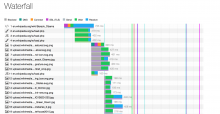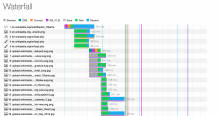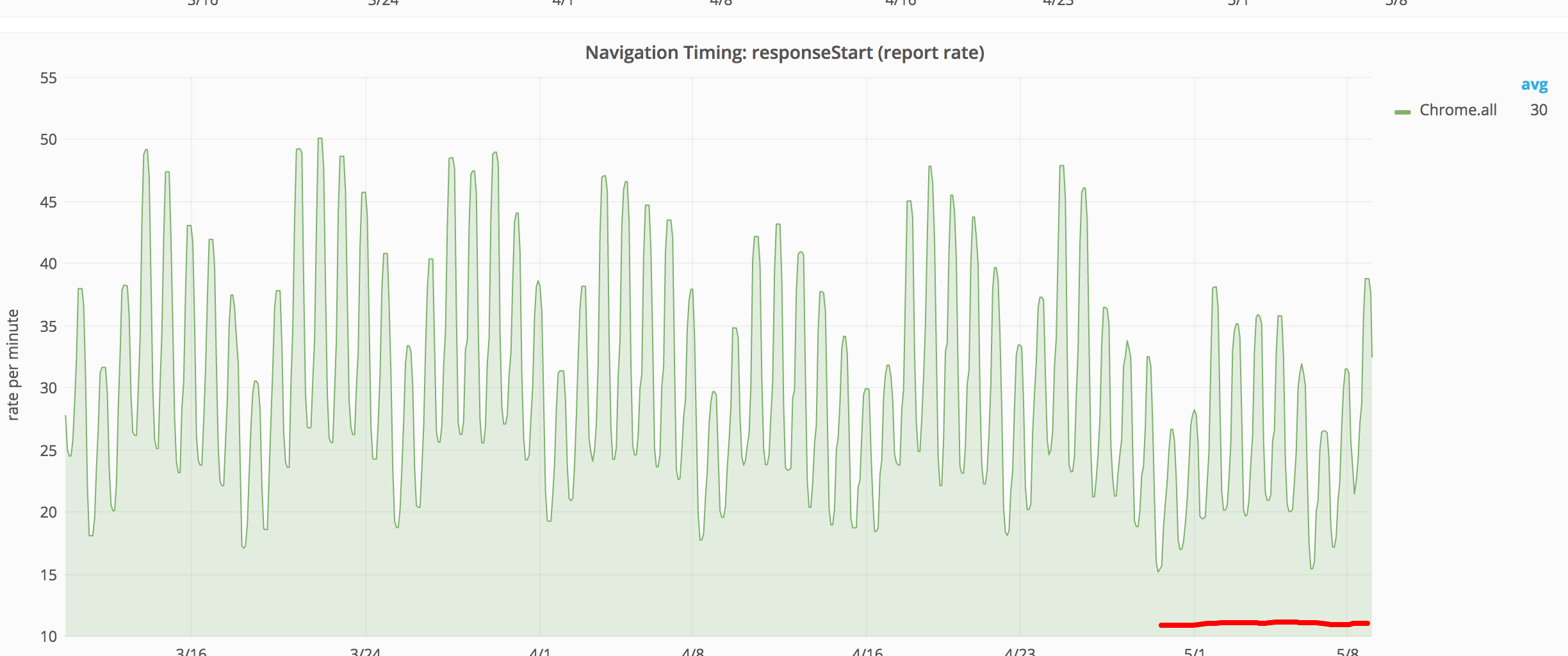Currently the logo is a background-image, which browsers load after <img> elements on the page. Which makes the logo, an above-the-fold element, load after all the below-the-fold images.
One way we could solve this is using link prefetching. When I last experimented with that feature, the browser started loading the content right away. This would allow us to achieve loading the logo sooner without having to touch its CSS.
Links:
- https://www.chromestatus.com/metrics/feature/timeline/popularity/1124
- https://w3c.github.io/preload/
- https://github.com/w3c/preload/issues/76 (Transition Level 1 to CR)
- https://github.com/w3c/preload/issues/31 (Preloading for HiDPI images)


